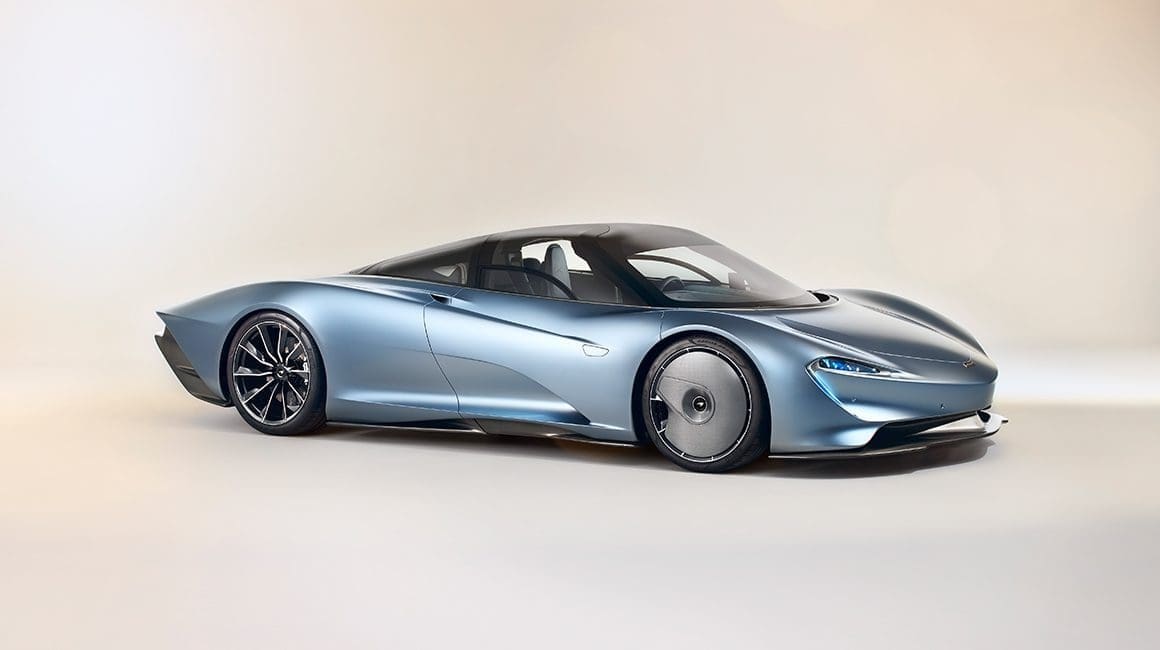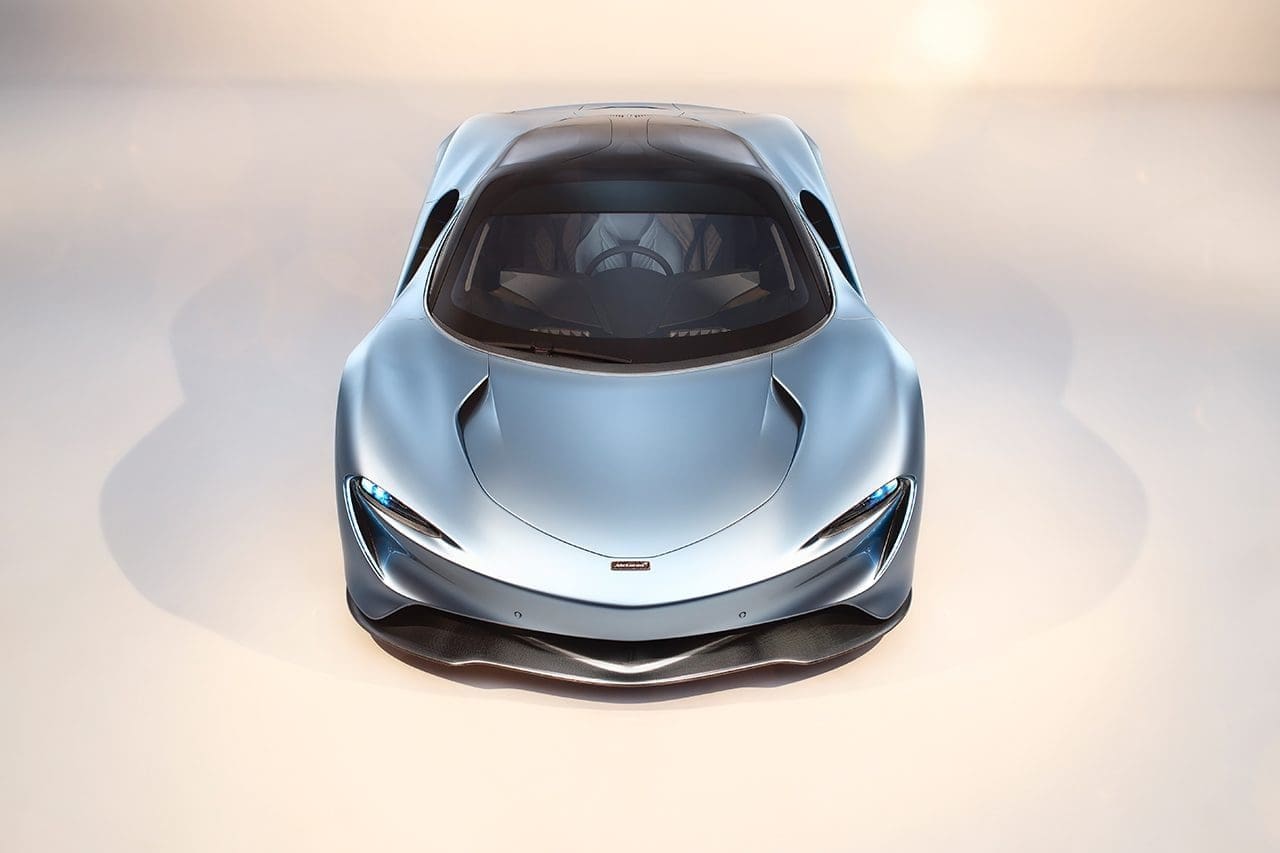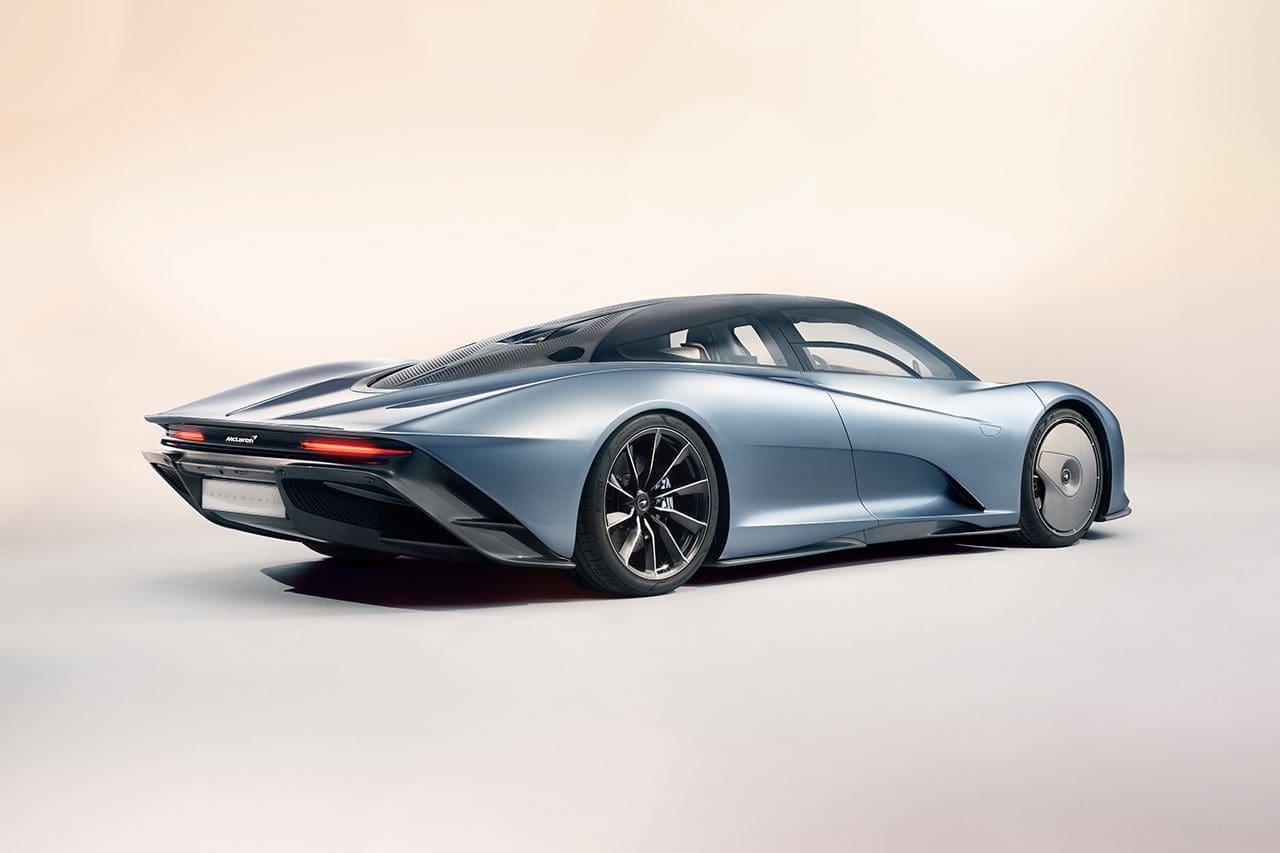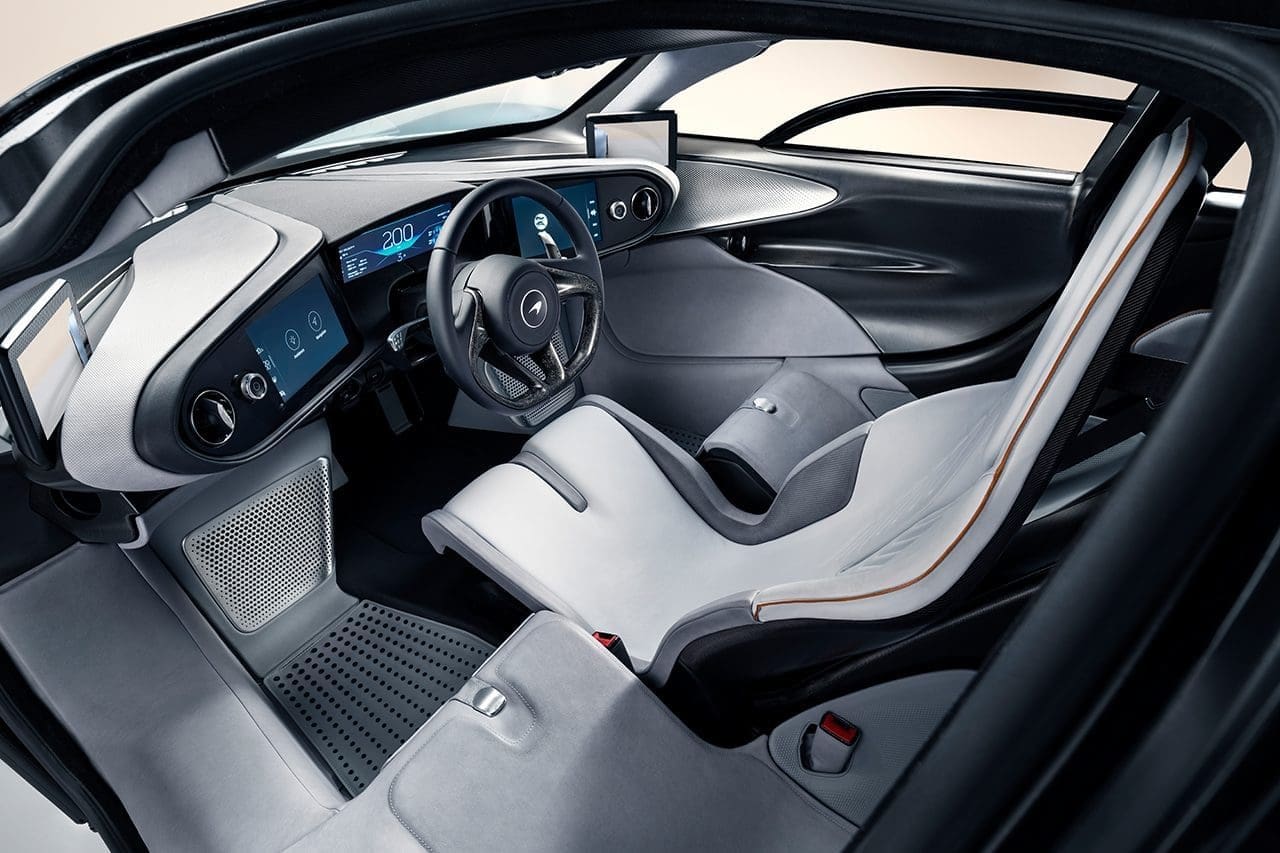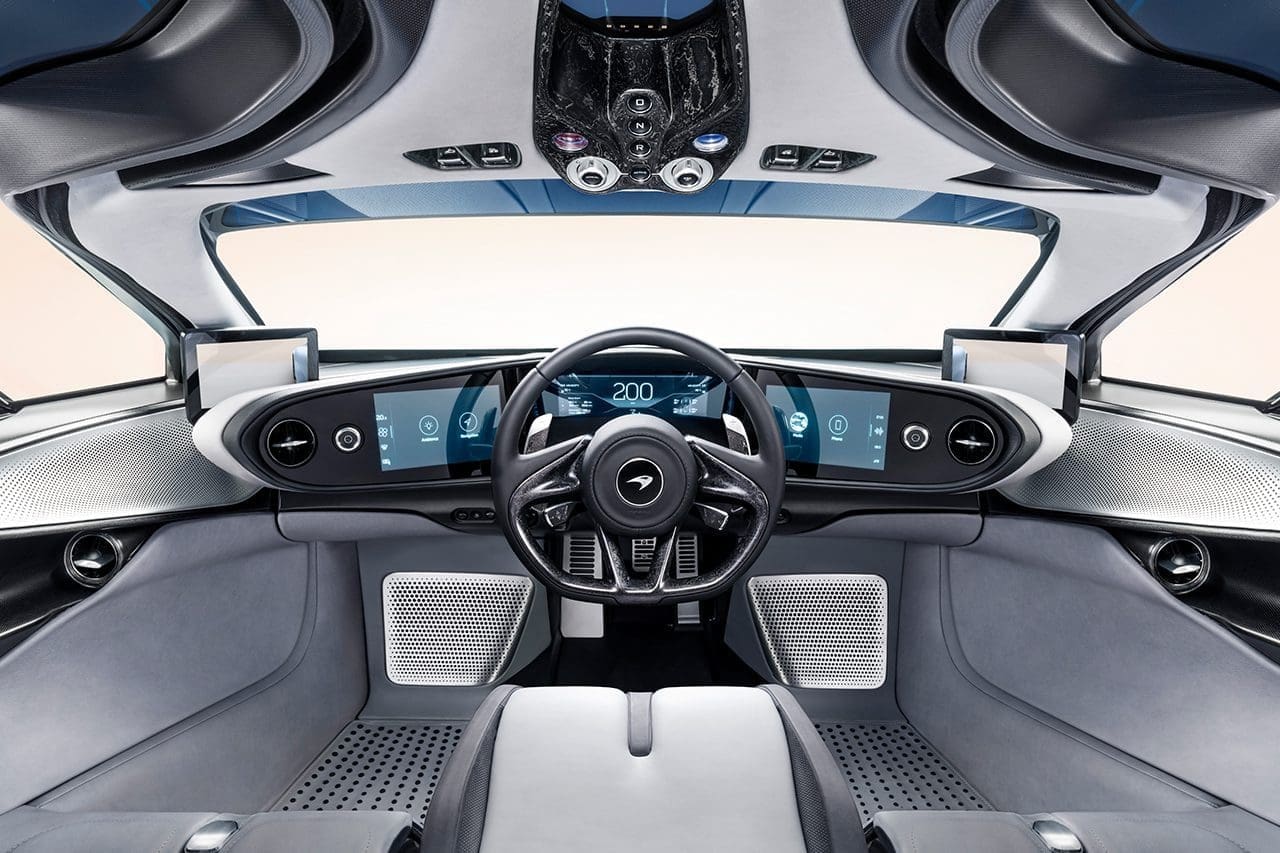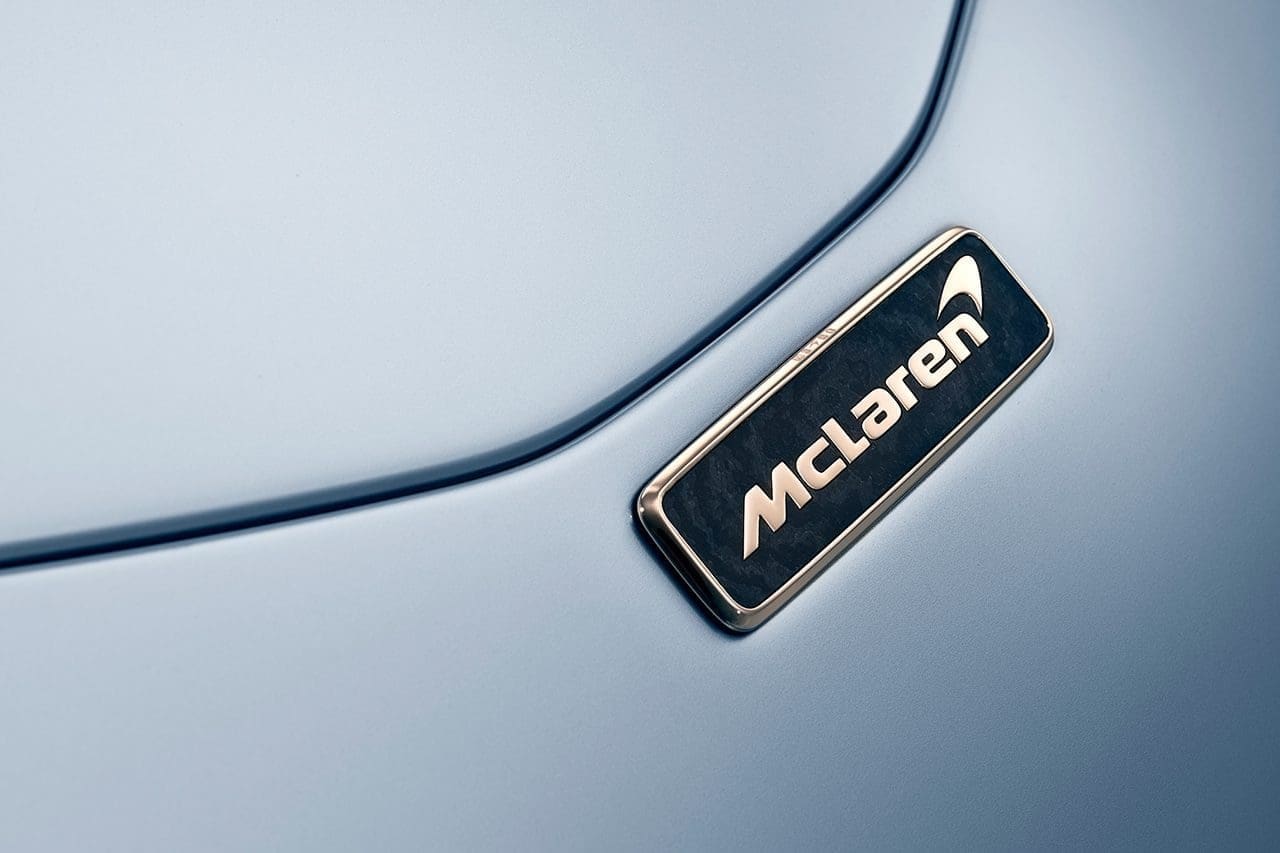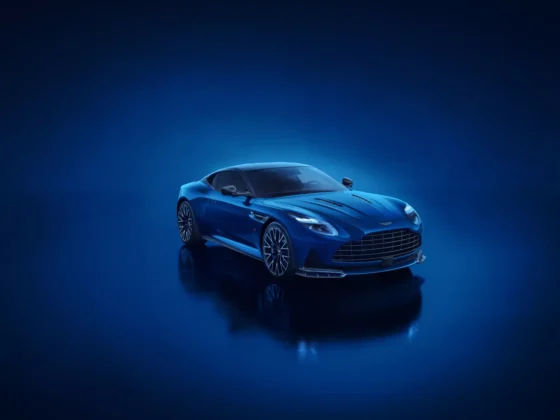“McLaren has never built a vehicle like the Speedtail before,” says Mike Flewitt, Chief Executive Officer of McLaren Automotive. “As our first ‘Hyper-GT’, the Speedtail is the ultimate McLaren road car; a fusion of art and science that combines an astonishing maximum speed with an iconic central-driving position and a truly pioneering approach to bespoke personalisation.” With a pre-tax price tag of £1.75 million, just 106 Speedtails will be built and all 106 have been sold.
The third model in McLaren’s Ultimate Series, following the P1 and Senna, the Speedtail is the first of 18 new cars or derivatives that McLaren will introduce as part of its Track25 business plan. While the Senna seemed to compromise on beauty to maximise performance, the Speedtail has one of the most beautiful “streamliner” silhouettes ever seen on an automobile with fluid flow lines, and yet, delivers record-breaking performance. It can achieve the highest maximum speed of any McLaren to date at 403 kmph which exceeds the 391 kmph record set by the car it pays homage to; the legendary McLaren F1.
The Speedtail’s record-breaking performance was achieved in its ‘Velocity mode,’ developed specifically for the Speedtail. Velocity mode optimises the hybrid powertrain for high-speed running, while also tailoring the angle of the active rear ailerons. In addition, the Velocity Active Chassis Control lowers the Speedtail by 35mm, leaving the highest point of the vehicle just 1,120mm from the road surface.
The petrol-electric hybrid delivers around 1,035 hp and facilitates an increase in vehicle speed regardless of engine speed. In fact, the Speedtail’s straight-line acceleration sets a new benchmark for a McLaren, with 0 to 300 kmph achieved in just 12.8 seconds. McLaren’s previous Ultimate Series hybrid, the P1, could reach this speed in 16.5 seconds. Pirelli has developed a bespoke P-Zero tyre designed to handle Speedtail’s extreme speed and performance capabilities.
The Speedtail’s other performance enhancements focused on minimising aerodynamic drag by radically rethinking every aspect of the exterior design, and on drastically reducing the weight to just 1,430 kg. Every body panel is made of carbon fibre; retractable digital rear-view cameras replace traditional door mirrors; carbon fibre front-wheel static aero covers reduce air turbulence around the wheel arches; the number of shutlines have been reduced to a minimum; the patented, flexible, active rear ailerons ensure the continuity of the design while keeping drag to a minimum.
The dramatic dihedral doors open to reveal an interior space where the driver is positioned centrally, with seating for two additional passengers set slightly rearwards, as it was in the F1. The entire interior of the Speedtail has been designed to cosset and embrace the driver and passengers, while the finest Scandinavian hide envelops almost every surface to pamper them with luxury. The driver sits on a custom-made carbon fibre seat while the two passenger seats are integral to the carbon fibre monocoque.
The interior space is topped by a teardrop-shaped half-bubble, most of which is glazed glass, which creates an incredible sense of space. However, if the occupants prefer more privacy, or protection from the sun, the top part of the windscreen, the portholes, the doors, and rear-quarterlights feature electrochromic technology which allows them to independently turn opaque in an instant.
Ahead of the driver is a state-of-the-art control system, with high-definition displays and touchscreens that sweep across the dashboard, allowing the driver to control just about every function. The only buttons are in the overhead panels and are milled from aluminium, and then hand-brushed and polished.
The Speedtail marks a revolutionary advancement in the creation and usage of carbon. The Titanium Deposition Carbon Fibre fuses a micron-thin layer of titanium directly onto the weave which results in a chrome-effect shimmer finish on the carbon fibre without compromising on its strength or weight properties. Furthermore, the titanium can be anodised in any colour or used to create bespoke patterns.
Thin-Ply Technology Carbon Fibre (TPT) is another world-first, developed in collaboration with Swiss watchmaker Richard Mille. It creates a stratified, shimmering finish with patterns similar to polished wood. It has been used in the overhead control panel, gearshift paddles and steering wheel clasp. It is also used in the making of the McLaren badge along with 18-carat white gold.
“The McLaren Speedtail is a vehicle unlike any other, not simply because of the astonishing visual drama, extreme speed and aerodynamic excellence that distinguish it, but because it sets unprecedented standards in technical luxury and bespoke customisation.” – Rob Melville, Design Director, McLaren Automotive
“The same boundless innovation and creativity that drives McLaren to push the limits of physical performance have challenged us to craft an exquisite interior defined by pioneering design and the absolute pinnacle of materials quality,” adds Rob Melville.
The 106 individuals who have booked the Speedtail, are being offered the chance to add a unique finishing touch to their car by selecting from a range of optional finishes for their car’s badging. This is just another way Speedtail is combining art with extreme performance. A set of three badges, two brand badges (front) and one name badge (rear), is available as part of the limitless tailoring opportunities available from McLaren Special Operations (MSO) for the Hyper-GT Speedtail.
“Speedtail is centered around breathtaking beauty, luxury and craftsmanship. The gold badges add to a car whose jewel-like qualities already shine out and confirm Speedtail’s uniqueness as the luxury McLaren without equal”, says Rob Melville.
Deliveries of the first Speedtails are expected to begin in early 2020.

